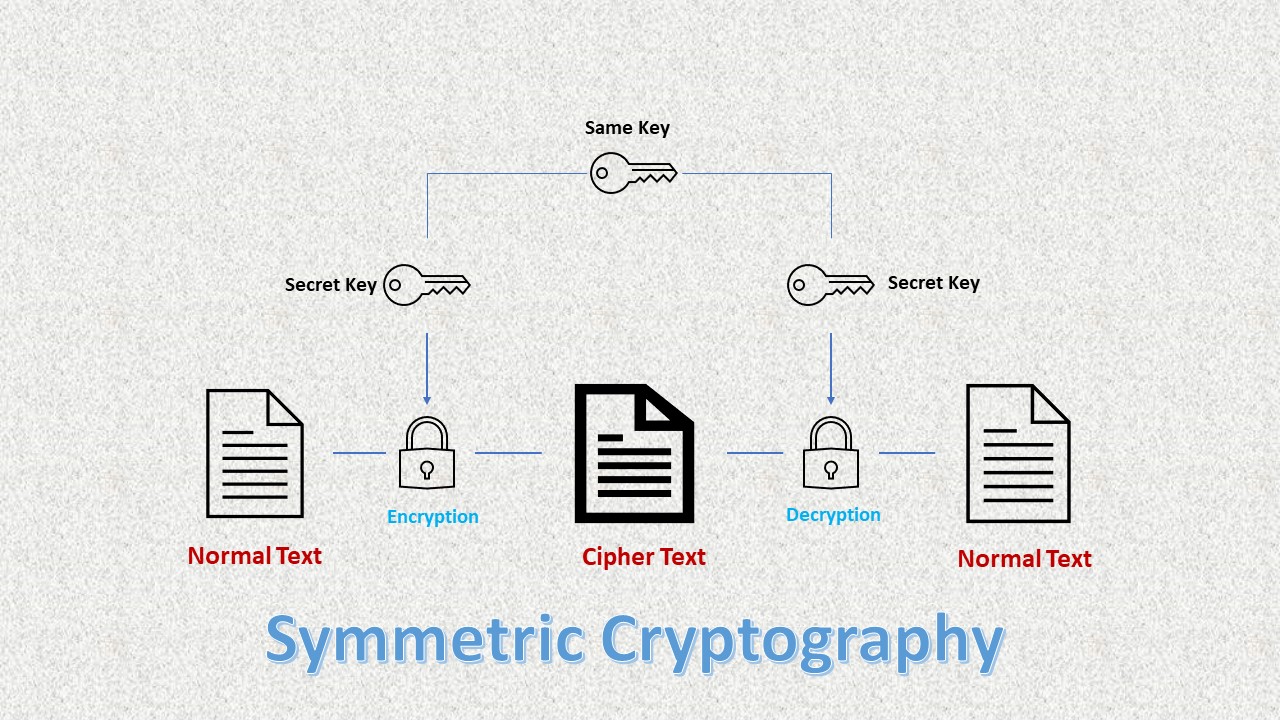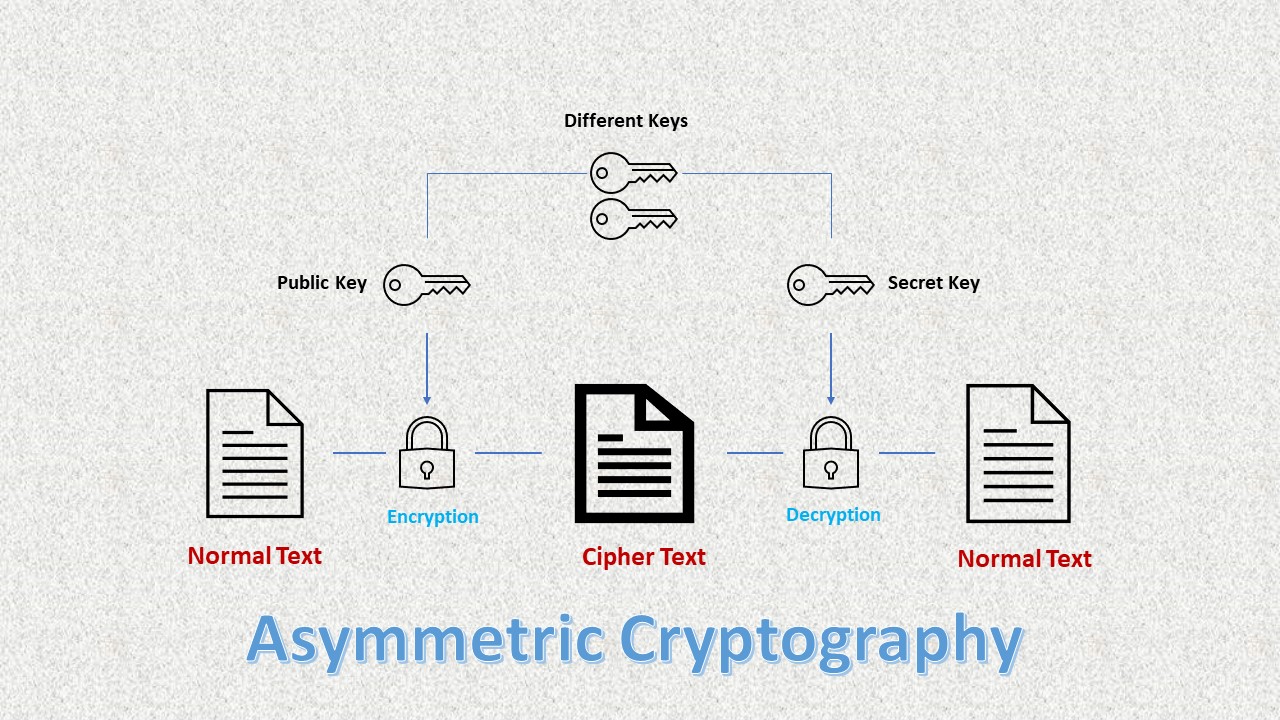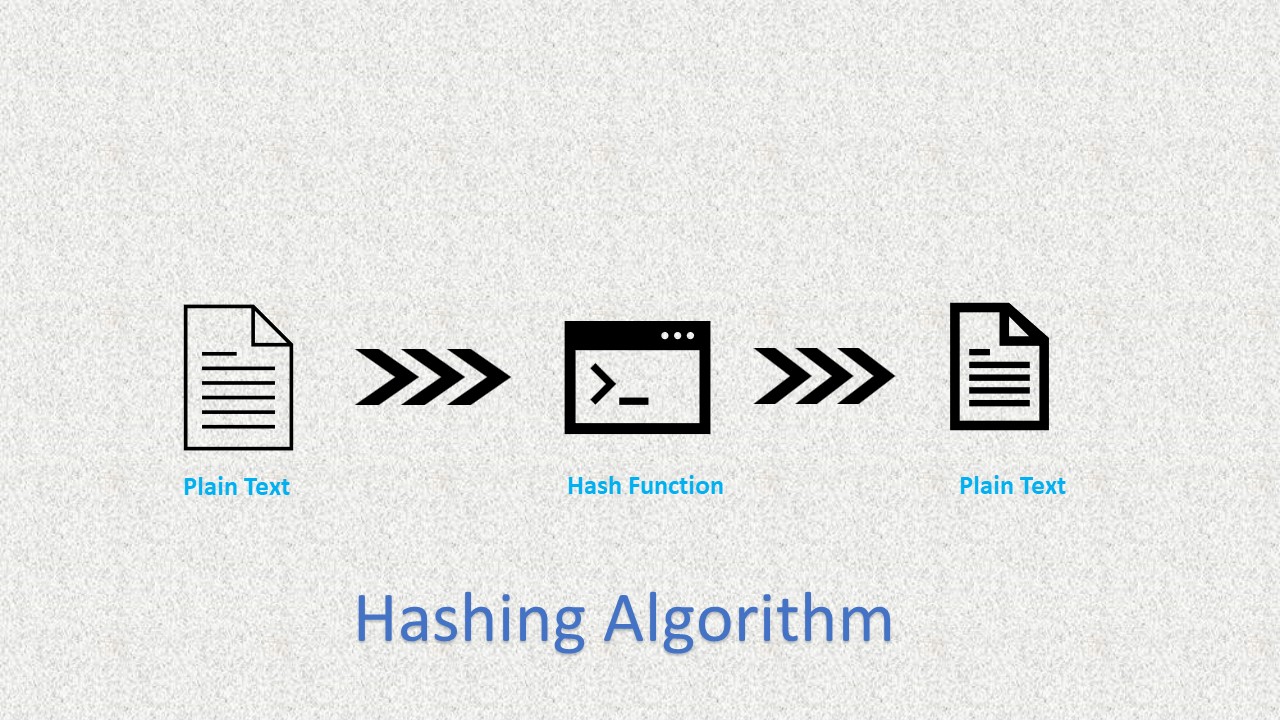This article was published as a part of the Data Science Blogathon.
Introduction
A business can employ IT services offered on the internet by using cloud computing rather than maintaining its physical servers. Popular cloud computing services include Google Cloud, Amazon Web Services (AWS), and Microsoft Azure. Cloud technology has more effects on our lives than we think, from allowing remote access to data to digitalizing the educational system. Today, the cloud powers all of the applications we use. More businesses and organizations see the benefits of cloud computing daily. However, because cloud operators store and manage client data outside of the scope of clients in place security measures, cloud computing has created security concerns.
Cyberattacks and data breaches impact cloud computing services in the same way that traditional IT devices are. Using an email phishing scam to target a single person specifically, spear-phishing is an example of a cloud security breach. One way to increase the security of your cloud services is cloud cryptography. A sure-fire approach to cloud security is cloud cryptography. We shall learn more about cloud cryptography in this post, including its principles of operation and its advantages.
What is Cloud Cryptography?
In the opinion of privacy experts, Cryptography is the basis of security. Cloud cryptography adds a high layer of security and prevents a data breach by encrypting data stored in the cloud.
Data used or stored in the cloud is protected using encryption mechanisms. Since all data stored by cloud providers is encrypted, users can access shared cloud services securely. Cloud cryptography protects private information without hindering information sharing. Protecting sensitive data outside your company’s IT infrastructure when it is no longer under your control is achievable thanks to cloud cryptography.
Several safeguards are being implemented into cloud cryptography, adding a thick layer of defence to secure cloud data and preventing breaches, hacks, and virus impact. Users can access shared cloud services safely and easily because all data hosted by cloud providers is encrypted. Sensitive data is protected through cloud cryptography without slowing down information delivery.
Many businesses decide to encrypt data before uploading it to the cloud. It is encrypted before it leaves the company’s environment, and only authorized parties with access to the necessary decryption keys can decode data, making this strategy beneficial. Other cloud services can encrypt data once received, ensuring that any data they are transporting or keeping is protected by encryption by design. Even while some cloud services do not support encryption, they should at the very least employ HTTPS or SSL-encrypted keys to protect data while it is being transmitted.

Uploaded by uniquepixel
How does Cloud Cryptography Work?
Security Guidance for Critical Areas of Focus in Cloud Computing, a document from the Cloud Security Alliance (CSA), addresses several cloud computing security concerns. Since this ecosystem is a novel model, conventional security measures cannot be sufficiently secure it. The types of cloud cryptography listed below should be included in your cloud’s cybersecurity plans:
1. Data-in-transit:
Data that is travelling between endpoints is called data-in-transit. When using an internet browser, you may observe one general type of data-in-transit cloud encryption: the HTTPS and HTTP protocols which secure the information channel you use when visiting websites on the internet. They achieve this by enclosing a secure channel in an encryption layer called an SSL, or “Secure Socket Layer.”
The SSL inside HTTP or HTTPS encrypts the data exchanged between your endpoint and the endpoint for the website you are viewing so that the hacker can only view encrypted data when your channel is compromised.
2. Data-at-rest:
Sensitive information is kept in business IT systems like servers, discs, or cloud storage services. You can implement access control by encrypting data while it is being kept and distributing decryption keys only to authorized personnel. Plaintext information won’t be visible to anyone attempting to access your data-at-rest; instead, encrypted data will. Manufacturers of hard drives are now providing self-encrypting devices that adhere to trusted storage criteria for cloud cryptography. Drives with built-in encryption circuitry provide automated encryption at a low cost and with little performance.
3. Legal and regulatory issues:
Each client must have its legal and regulatory experts examine the policies and practices of the cloud provider to assess their suitability to confirm that it has rules and practices that address legal and regulatory challenges. Data security and export, compliance, auditing, data retention and destruction, and legal discovery are the factors to be considered. Trusted Storage and TPM access approaches can be quite effective at limiting access to data in the areas of deletion and retention.
4. Authentication:
The mainstay of access control is often user authentication, which keeps the bad guys out while facilitating easy access for authorized users. Since the cloud and all of its data are accessible to anyone over the internet, authentication and access control are more crucial than ever in the cloud context.
5. Customer Separation:
One of the most obvious cloud security concerns is segregating users of a cloud provider (who may be rival businesses or even hackers) to prevent accidental or deliberate access to critical data. A cloud provider uses virtual machines and hypervisors to divide their clients. Technologies for cloud cryptography can significantly boost the security of VM and network isolation.
How is Cloud Cryptography Implemented?
Physical control over cloud data is not imaginable. Data and communication can be protected using codes using cloud encryption. Cloud data encryption can protect confidential information and ensure asset transfer without slowing the information flow.
By encrypting data stored in the cloud, cloud cryptography extends the same level of security to cloud services. Without slowing down data transfer, it can protect sensitive cloud data. Many firms create cryptographic protocols to maintain a balance between security and efficiency in their cloud computing. The following cryptography formulas are employed for cloud security:
1. Symmetric Algorithm:
This encryption technique removes the need for manual encryption and decryption by enabling authorized users to access data at rest and while in transit. The approach automatically encrypts important information whenever login credentials are given. One key is used for both information decoding and encryption. It operates at a very high level of encryption and doesn’t need a lot of computer resources. Two-way keys are used in symmetrical algorithms to ensure validation and approval. The encrypted data is stored in the Cloud and cannot be decrypted unless the client knows the key.
Key management is still necessary despite the widespread automation of symmetric cryptographic techniques. Your organization might use various cryptographic key types or different encryption keys, depending on the cloud service provider you choose. If you work with many cloud service providers or in different cloud environments, your key management system should help you keep track of every encryption key you have.

Several well-liked symmetric algorithms used in cloud computing include:
· The Standard for Advanced Encryption (AES):
Digital data from the telecommunications, financial, and public sectors are encrypted using this algorithm. In AES, the encryption and decryption processes employ the same key. A block of ciphertext repeatedly repeats itself after each mentioned step. The key sizes are 128, 192, and 256 bits, with a block size of 128. Both in terms of software and hardware, it is effective.
· Common Data Encryption (DES):
It uses a 64-bit secret key, of which 8 bit are reserved for error detection, and the rest 56 bits is generated at random. DES is mostly used for single-user encryption, such as data kept on a hard drive in encrypted form, and is implemented in the hardware.
2. Asymmetric Algorithm:
Different kinds of keys are used for encryption and decryption in asymmetric algorithms. Each recipient of this type needs a decryption key. The recipient’s private key is another name for this key. Typically, a particular individual or an organization is the owner of the encryption key. Since it requires both keys to access particular information, this algorithm is considered the safest.
The Digital Signature Algorithm (DSA), RSA, and Diffie-Helman Algorithm are the algorithms used in cloud computing.

Several well-liked asymmetric algorithms used in cloud computing include:
· Rivest Shamir Adleman Algorithm (RSA):
It is used on many different platforms and is one of the de-factor encryption standards. For both encryption and decryption, it employed distinct keys. Everyone has access to the public key, which can only be decrypted with the private key by the authorized party.
· Elliptic Curve Cryptography (ECC):
ECC is a form of contemporary public-key cryptography that uses elliptic curves and number theory to generate a compact key. Security professionals prefer ECC due to its compact key size.
3. Hashing:
Hashing is one of the most important elements of blockchain security. A unique code or hash is assigned to each data block when it is added to the chain. Information is stored in blocks on the blockchain and connected with the help of cryptographic principles like a string or chain. Databases primarily use hashing to index and retrieve objects, but it may be used to encrypt and decode communications using two different keys. Additionally, it makes data retrieval speedier. It is mostly used for indexing and recovering database data. Additionally, it uses two different keys to encrypt and decrypt messages. Information retrieval is sped up.

Advantages of Cloud Cryptography
As we approach a technology age, business information is increasingly digital. To provide a robust layer of security to data and keep it from being hacked, breached, or infected by malware, cloud cryptography is being employed. The benefits of cloud cryptography are as follows:
1. Data Security:
Data security risks exist when it is transferred across systems. Here, cloud cryptography protects the data from being exposed. Sensitive data is kept protected in cloud computing without slowing down information sharing.
2. Data Privacy:
The data is kept secret for the client using cloud cryptography once it has been protected. By doing this, the likelihood of fraud by unauthorized users is decreased. Therefore, you will be notified whenever an unauthorized user tries to access your confidential data. Your data cannot be accessed by anyone other than those who possess the cryptographic keys. Your data is protected using cryptographic methods like MAC and digital signatures against spoofing and forgeries.
3. Trust:
Whether you agree or disagree, having a private and protect data storage system makes it simple for your client to put trust in you. This fosters goodwill, which can eventually aid in the growth of your business. Some businesses opt to encrypt data even when they are not allowed by privacy legislation to show their customers that they value their privacy, and it most definitely works.
4. Users:
Cloud cryptography has strict security measures; businesses are immediately made aware if an unauthorized user tries to make changes. Access is allowed only to those possessing cryptographic keys.
5. Integrity:
The cryptographic hash functions are important for giving people confidence in the reliability of their data. Considering the design, implementation, and usage of a system that stores, processes, or retrieves data, it maintains and ensures data accuracy and consistency throughout its full life cycle. To increase quality, businesses use methods like data cleansing, which is a great place to start.
6. Accessibility:
Employing modern encryption technology with all or most of your electronic devices is one of its most wonderful benefits. This allows you to use data on whichever device you choose, including your phone, tablet, laptop, and computer.
Disadvantages of Cloud Cryptography
Along with its benefits, Cloud Cryptography also has its disadvantages. Below are a few of those disadvantages:
- Data already in transit will be only partially protected thanks to cloud cryptography.
- Data encryption needs extremely sophisticated technologies to maintain. The process of generation of keys and different encryption techniques needs advanced technologies.
- Organizations may face challenges while trying to recover data due to
overprotective measures. There are a lot of security measures provided in Cryptography which also makes it difficult to recover data for organizations. - The required or expected costs increase since the systems need to be
upgradeable.
Conclusion
Businesses and companies must adopt a data-centric strategy in this complex and evolving world of virtualization, cloud services, and mobility to protect important information against sophisticated attacks.
Businesses must implement security measures that consistently protect sensitive data, like encryption and cryptographic key management for cloud data. Businesses should be able to employ encryption extensively to meet their security goals thanks to comprehensive cloud security and encryption platforms’ strong access controls and key management capabilities.
Some of the key takeaways from this were:
- For the security of our cloud networks, we need to have Cloud Cryptography.
- We also know how exactly Cloud Cryptography works. We saw the conditions where we need to implement Cloud Cryptography, like data in rest and transit.
- Also, different methods to implement Cloud Cryptography, like Symmetric or Asymmetric.
- Various advantages of Cloud Cryptography, like security and privacy it provides to our cloud environment.
The media shown in this article is not owned by Analytics Vidhya and is used at the Author’s discretion.





